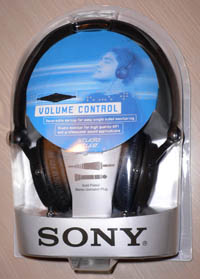CES: MP3 Watches
Several companies were demonstrating analog watches that incorporate flash memory and MP3 players. While I prefer digital watches, I suppose there’s some appeal in a watch that looks classy and businesslike but still plays your tunes. Here’s a roundup of three companies’ MP3 watches.
XONIX MP3 Watches
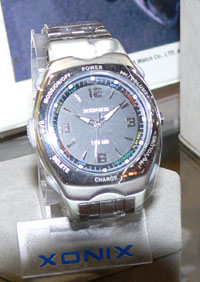
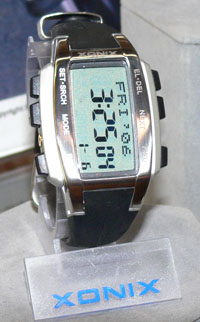
China’s XONIX had a selection of USB storage and MP3 watches. They range from plastic to classy metallic. Some of the plastic ones have a fold-out USB cable, while the metal ones use a connector.
They also offer a digital model that looks nice, although I’m not sure about the sideways display.
KJB Security Solutions
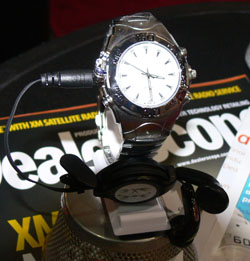
KJB Security Solutions also offered an analog MP3 watch, the MP1700, although they mostly focus on other products. It has 256 MB of memory.
eClipse (NTREN Technologies)
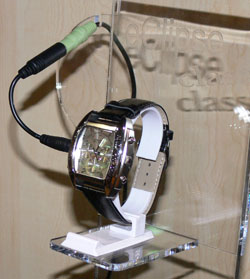
Last but not least, nTren Technologies offered a variety of styles of watches, all analog. Unlike the others, these come in a decent flash memory size—512 MB and 1 GB. They charge through the USB interface or an AC adapter, and last about 10 hours on a charge. Windows and Mac OS are supported.
Conclusion
These are all relatively low-tech watches with MP3 players tucked inside, but they’re sure an improvement over the giant Casio MP3 player watches that were available a few years ago. A watch probably isn’t the best place for an MP3 player—imagine your watch connected to your ears—but I guess it might work for some people. Regardless, it’s great to see MP3 player technology becoming so tiny it can fit in a normal-sized watch.
